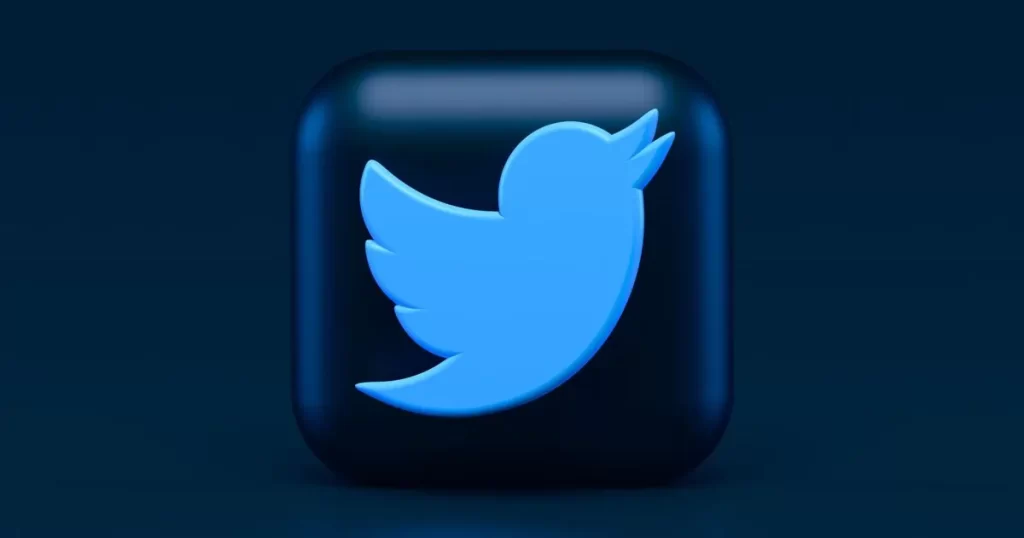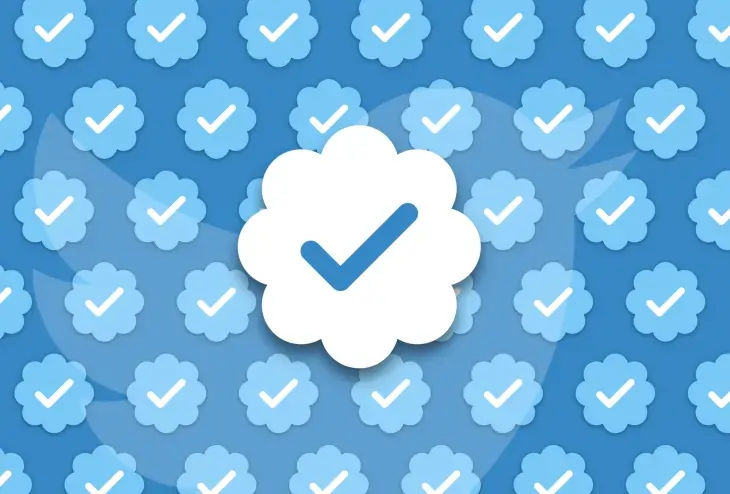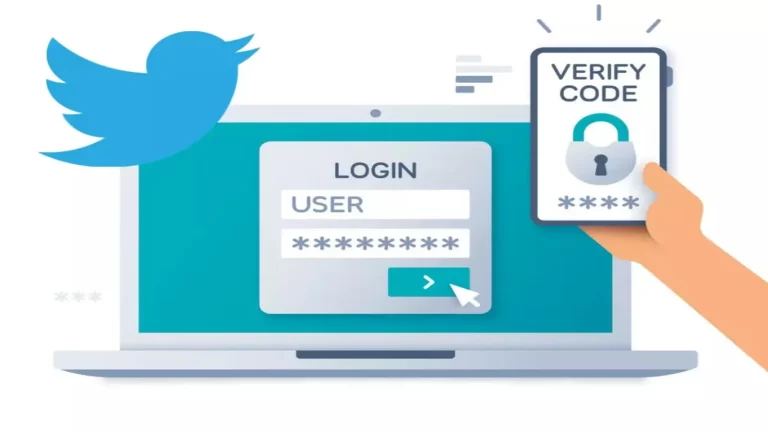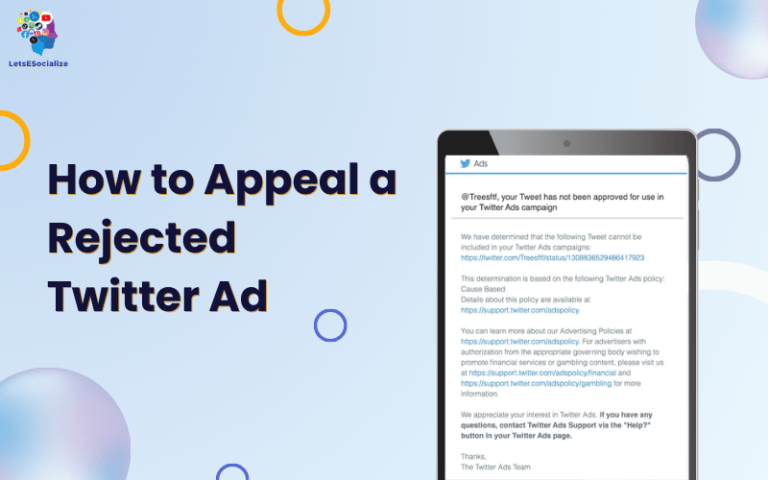Twitter has long faced criticism for issues with spam and bot accounts on its platform, but the company’s authentication practices are now under scrutiny after multiple verified accounts were revealed to be bots or fake personalities.
The blue checkmark badge on Twitter has traditionally indicated an account that is “authentic, notable, and active.” However, an investigation by cybersecurity firm ZeroFox found over two dozen verified accounts exhibiting “inauthentic behavior characteristic of bots or fake accounts.” Many of these accounts have since had their verification badges removed by Twitter, raising concerns over how rigorously the platform verifies accounts before awarding them a blue checkmark.

“The blue verified badge is meant to be a signal to users that an account is trustworthy and authentic, but it’s clear Twitter’s process has some major flaws when bots and fakes are getting through,” said James Smith, an analyst at ZeroFox. “It undermines trust in information when inauthentic accounts can achieve verification and appear more credible than they should.”
One example uncovered by ZeroFox is the verified account @drebiknitram, which tweeted over 120,000 times featuring repetitive content. Other verified accounts identified exhibited similar bot-like behavior, casting doubt on their authenticity.
Also Read – How to Create a Content Calendar for Your LinkedIn Blog
In response to these revelations, a Twitter spokesperson stated: “We regularly review accounts to ensure continued compliance with verification criteria. As part of this work, we remove verification badges from accounts that no longer meet the requirements.”
However, digital privacy advocates argue that Twitter needs major reforms to how it handles verification.
“This situation makes clear that Twitter’s verification process has critical weaknesses. Who knows how many other inauthentic accounts retain that blue checkmark and the unwarranted credibility it provides,” said Rachel Tobac of SocialProof Security.
“Social media platforms know they have an ongoing fake account problem. But Band-Aid solutions won’t cut it – we need transparent, comprehensive reforms addressing root causes of misinformation,” Tobac added.
Another verified account named @sirOlumbaOlumba was found to be fake, pretending to be a prominent Christian leader in Nigeria. The account was verified under the old process requiring a fake driver’s license to get verified according to Twitter’s disclosure at the time. This further brings Twitter’s past and present verification practices into question.
Other experts argue that verification especially matters in the developing world where Twitter has seen rapid recent growth.
“In many countries, that blue checkmark confers legitimacy in a way most Westerners fail to appreciate. What may seem a minor failing of social media oversight here enables significant real-world harms globally,” said Dr. Maryam Rashid, a disinformation researcher. “If inauthentic accounts can obtain verification, it reinforces digital spaces as venues for frauds and grifts rather than factual news and bridging divides.”
In Twitter’s early years, verification was used to confirm celebrity accounts and prevent impersonation. But as the platform’s influence grew, the blue checkmark came to act as a stamp of factual reliability, including for news publishers and individual journalists. Yet as mounting criticism over misinformation and digital safety has placed Twitter under growing scrutiny, lax verification standards threaten users’ ability to trust information on the platform.
While Twitter has disputed claims that verification itself confers credibility to tweet content, the company announced an overhaul of its verification process in November 2022. This included both removing verification from accounts violating policy and working to give more accounts access to verification.
However, incidents like the verified bots uncovered by ZeroFox indicate fundamental issues remain unresolved. Whether through imperfect processes or limited resources for evaluating accounts at scale, Twitter continues to fall short in identifying inauthenticity among both average users and the elite.
Also Read – How to showcase your expertise with LinkedIn articles
“This isn’t an isolated slip-up — it’s a systemic blindspot,” said Smith. “Twitter needs to take a long, hard look at reforms to prevent verification being co-opted across their platform, whether by bots gaining credibility or disinformation actors abusing legitimacy.”
Until sweeping improvements are implemented, many experts advise approaching all information on Twitter with skepticism regardless of verification status. For Twitter, providing users greater confidence in evaluating tweet accuracy and credibility will be crucial to regaining lost trust.







